LEGION OF ONE - BEHIND THE SCENES
Original Artwork
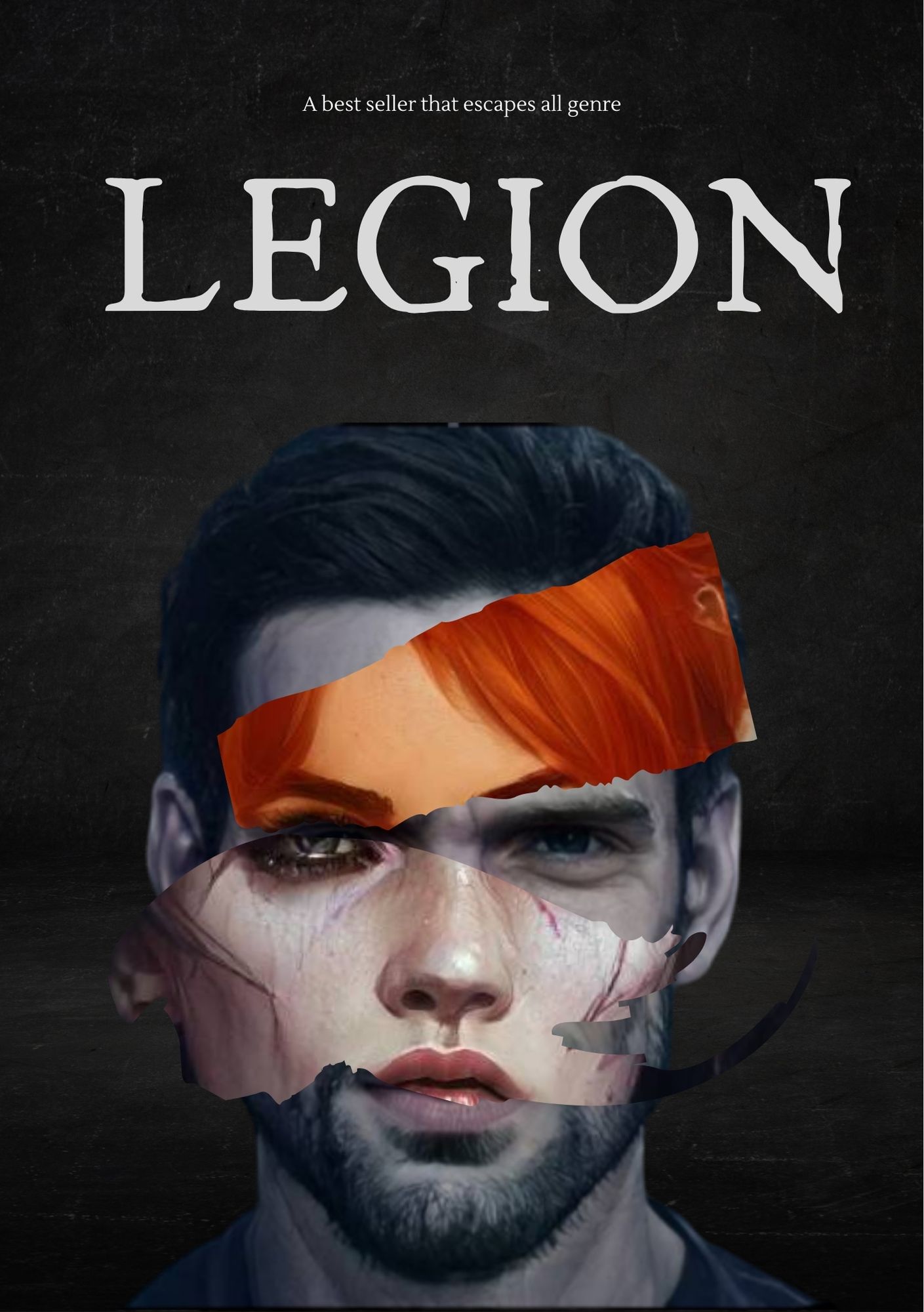
You're looking at the original cover of the book. At that point, the plan for this story was purely vibes-based and the writing reflected it. The first snippets came to life on my iPad in the back of a KC-30, mid-flight to Tasmania for Operation COVID Assist. It was moody, edgy… and destined for deletion.
Originally, the story followed three main characters who had once been part of a hive mind. Each one experienced a different phase of the war—one in the trenches, one in the capital, and one years later. It seemed like a perfect structure… but it turned out to be wildly confusing.
Having three characters across three timelines, all retroactively interpreting each other’s experiences? It was a mess.
This world was created from John and I's games we played as kids. How could I capture the essence of that whilst still writing the moody and edgy story I wanted?
You'll have to explore the story behind the story. Find out more below:
The Story Behind My Story
When I was a kid, my best mate John and I would swing sticks through the air, cutting down orcs, droids, and anything else we could (literally) poke a stick at. We weren’t just playing—we were building worlds. By the time I started writing around age thirteen, I knew I wanted to capture that feeling, that sense of a story you were living inside. I knew, too, that one day I’d dedicate it to him.
Since John passed, I’ve struggled with how to honour him without it feeling performative. Maybe the answer is here, quietly, not on the front page, not in the announcement post, but tucked away for those willing to look behind the curtain. If you’ve found your way here, thank you. Legion of One is dedicated to John, and to his family. Not for any one thing he did, but because this story wouldn’t exist without the worlds we created together.
The games we played laid the groundwork, but this story took on a life of its own. Don’t let the backstory fool you, this book is dark. At its core, it explores broken identities, the lasting impact of war, and the power imbalances that arise from systems designed to fail. But I wanted to capture the ever-evolving, unpredictable nature of childhood imagination. This isn’t a shot-for-shot remake of our games, but it’s a tribute to the chaos, the joy, and the freedom of the stories we lived in. Childhood stories don’t follow a straight line; they shift, they grow, they twist. That’s exactly what I’ve done here. This book is a collection of short stories, each standing on its own, yet together forming something greater.

I’ve always seen my life as a series of stages, each representing a different version of myself. It’s a fragmented view, but it helps me leave behind the weight of each stage as I move forward. When I look back on the hardest moments, I can pinpoint the essence of each phase, which gives me a “way in” to each of my characters. Each stage unfolded in different places, and while they might seem like random events on their own, together they offer a deeper perspective on the world around us. The Legion operates the same way: each individual’s experiences carry weight, but together they reveal the full expanse of the world they inhabit.
The world of Gonda has a complicated history. As kids, we imagined massive armies and fantastical battles, only to retcon them for sci-fi adventures. The one constant was that it always took place in Gonda. To capture every event from those childhood games would be impossible, so I focused on the core elements. It’s not a world so much as three wearing a trenchcoat, WWI-style battles, fantasy, romance, horror, magic, monsters, wildly shifting levels of technology. It’s batshit insane, and I love it.
I always knew I wanted to self-publish. The creative freedom is unmatched; you aren’t bound to trends or pressured to reshape your work to meet someone else’s idea of what sells. Legion of One was published through Draft2Digital, which streamlines the indie process but comes with its limits—especially for interior design. Their automated system detects headings to generate the Table of Contents, meaning any custom preamble (like a Legionnaire greeting the reader) gets pushed aside. Originally, I wanted fading text for scenes where someone’s bleeding out, upside-down text for the more psychedelic sections, a fully immersive experience. Perhaps one day, a special edition will bring those ideas to life. For now, the core story is here, sharper and stronger than the polish I couldn’t afford.
There’s almost 60,000 words of cut content in the graveyard. The original version followed three characters, but the centerpiece was different: the last surviving Legionnaire wandering a ruined world, reflecting on everything lost. It was less epic, more a sob story, flashbacks soaked in regret, dialogue stretching for pages without purpose. When I finally stripped away what didn’t serve the story and asked, “What is this scene really saying?” the answer was often: “Nothing.” Cutting it all left a book that’s honest, focused, and truer to the heart of Legion of One.
The Real World of Gonda
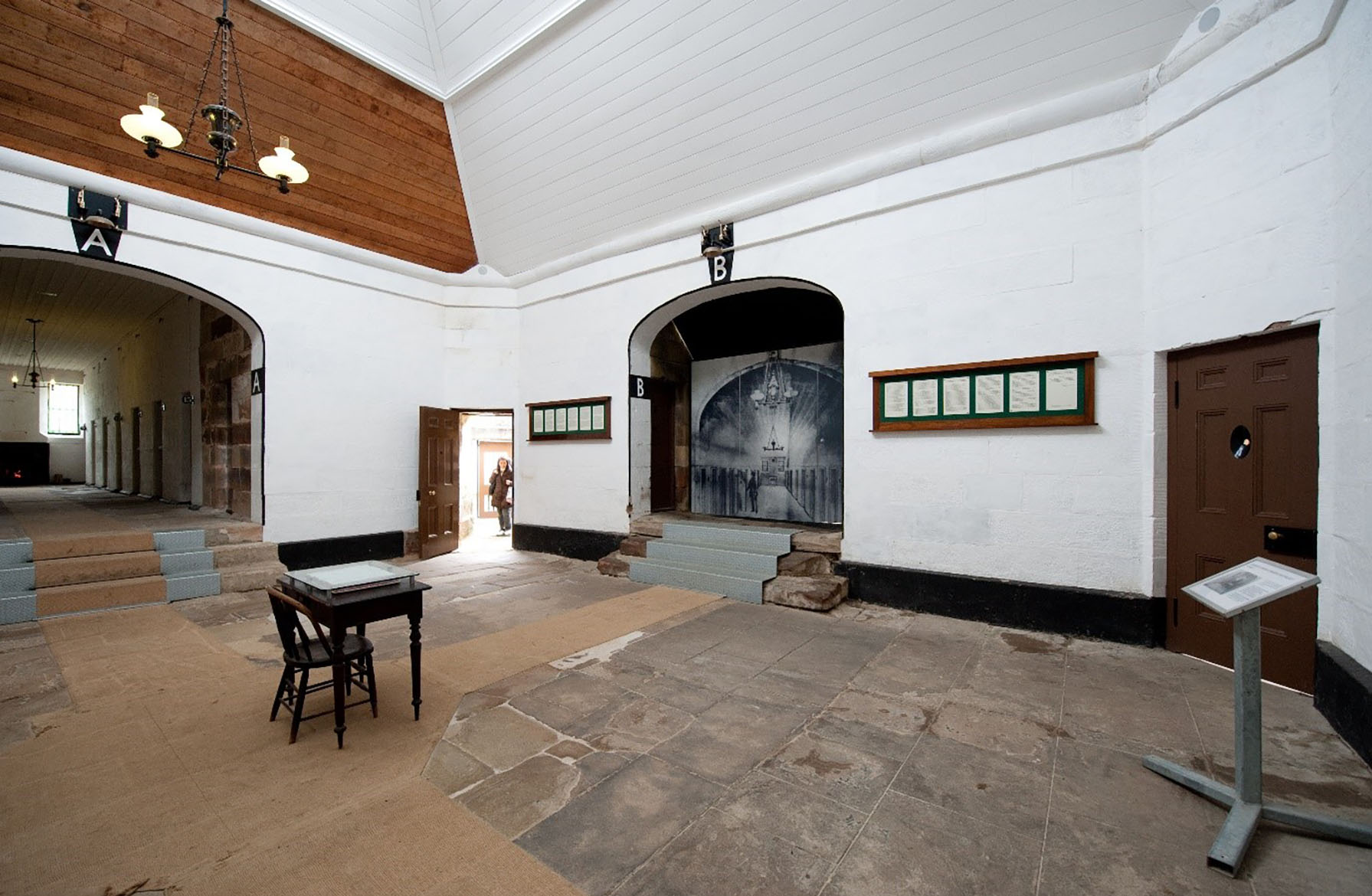
Port Arthur Asylum, Tasmania
One of the real-world places that shaped Legion of One in unexpected ways was Port Arthur, Tasmania. It’s a haunting place. Beautiful, quiet, and steeped in sorrow.
When I visited, I spent time in the old asylum, where I learned that silence was used as a weapon. Inmates were kept in total silence and stripped of identity. The masks weren’t just for the guards. Everyone wore them. No talking. No names. Just menial tasks and total sensory deprivation. The same tasks. The same meals. The same silence.
It shook me.
The asylum church, with its echoing emptiness and oppressive individual booths, became a major inspiration for the island where the Legionnaires are made. I won’t spoil the details, but that sense of enforced obedience, ritual, and isolation became central to how I built their origin.
There’s a cold logic to it, break the mind, rebuild the body, and call it service. But as you’ll see in the story, it leaves fractures. Cracks where the human spirit still shines through.
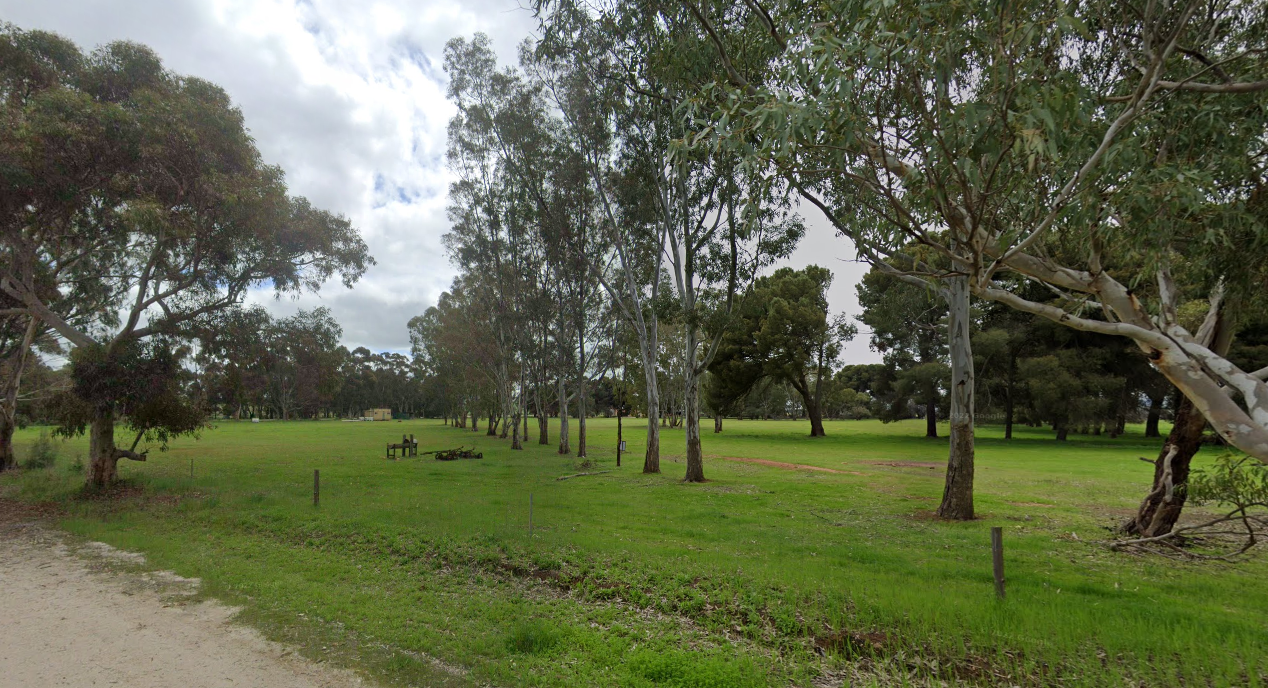
Caltowie, South Australia
This is one of many places that John and I used to play. The paddock, turned golf course, turned music festival venue was once the stomping ground of a group of boys.
The trees, planted in neat rows, became towering walls. Sand bunkers were trenches. Pine lattices turned into fortresses. Sticks, of course, were swords, rifles, or staffs, whatever the mission required.
There was a tree that fell once. It lay there for what must’ve been years. That fallen giant became everything: a spaceship, a hideout, a hut, a windbreak when the weather turned. It was whatever we needed it to be. The stories we told there could've filled volumes and maybe, in a way, they have.
Even now, when I look at Caltowie Oval, I don’t just see grass and trees. I still see the kingdom. I see us running around. And I see the spark of a story that’s grown into something far bigger than either of us ever imagined back then.
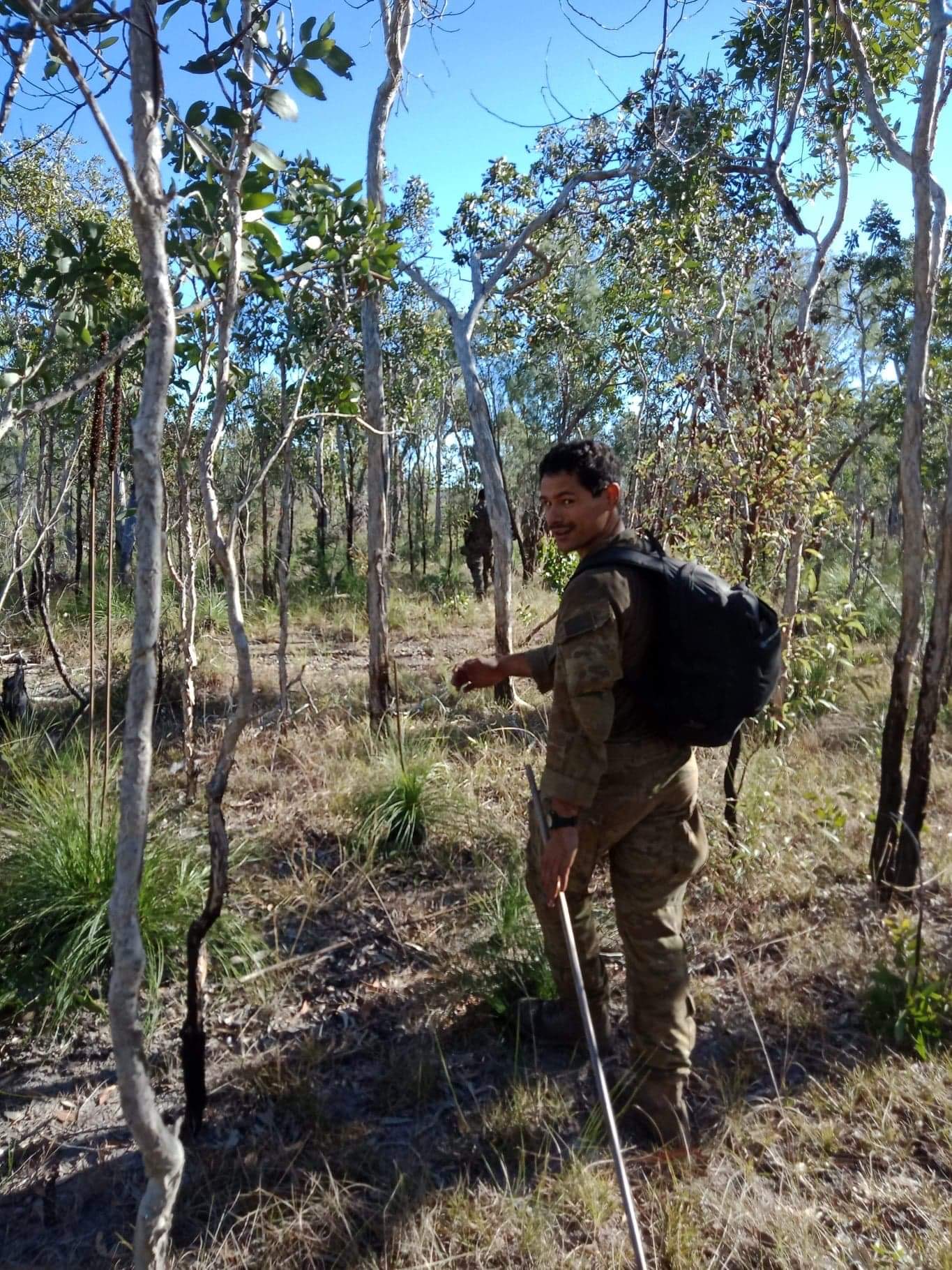
The Field
The third place isn’t marked on any map, but I know it better than any street or landmark. It’s the field.
Not a specific one, really, but the many nameless stretches of dirt and grass I walked while in uniform. Cold mornings. Heavy packs. The silence of waiting. The chaos of moving. The long nights filled with stars and static. In those places, I learned about brotherhood, about endurance, about what weariness feels like when it’s not just in your head but in your bones.
Those experiences didn’t just influence the world of Legion of One, they helped build it. The sense of duty. The isolation. The unspoken bond between those who march forward when everything inside them is screaming to stop. Gonda isn’t just fiction. It’s memory, reshaped.
You won’t find “The Field” in any travel guide. But if you’ve ever served or even stood in a place where silence speaks louder than words you’ll know it when you see it in the story.
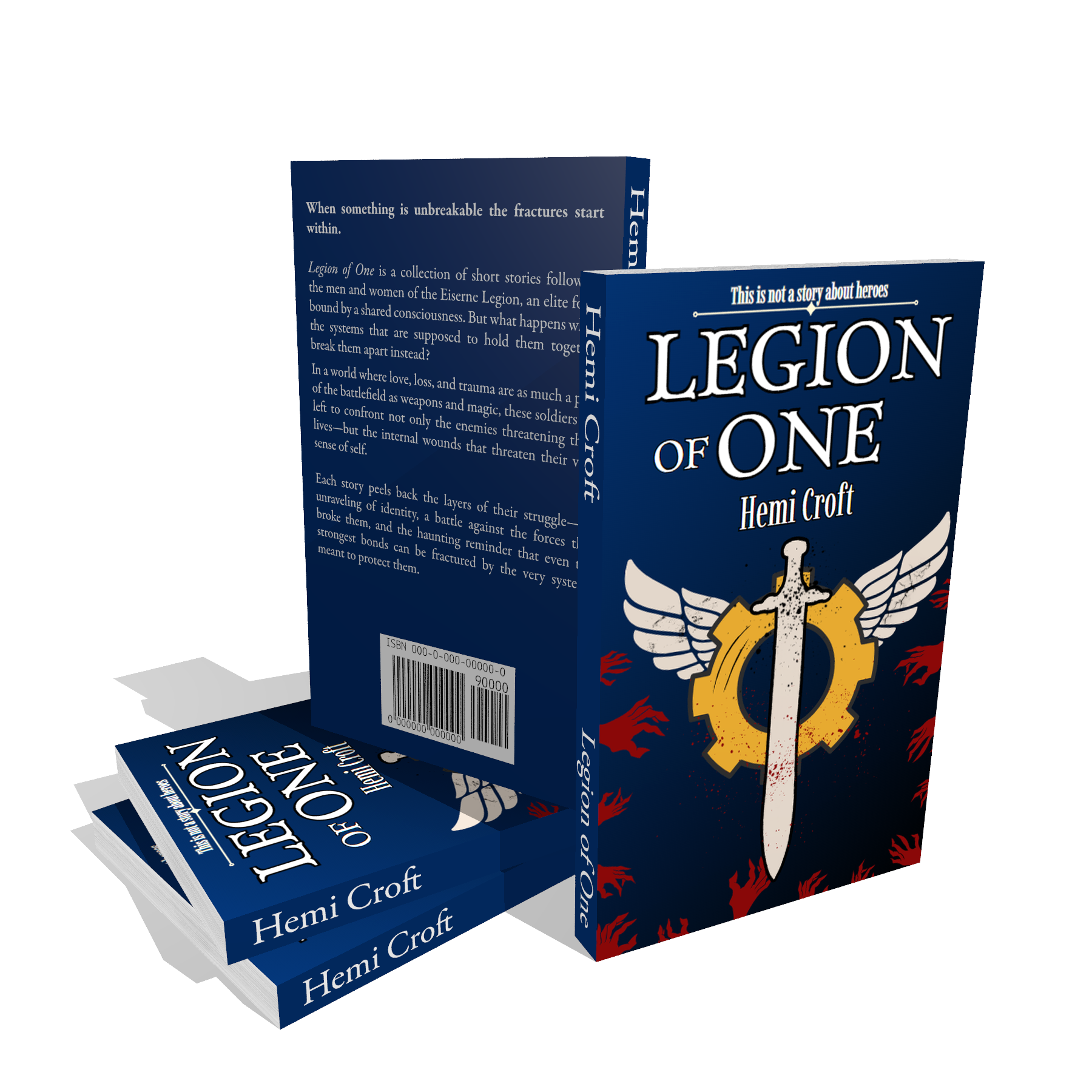
AVAILABLE NOW
When something is unbreakable the fractures start within.
Legion of One is a collection of short stories following the men and women of the Eiserne Legion, an elite force bound by a shared consciousness. But what happens when the systems that are supposed to hold them together break them apart instead?
In a world where love, loss, and trauma are as much a part of the battlefield as weapons and magic, these soldiers are left to confront not only the enemies threatening their lives—but the internal wounds that threaten their very sense of self.
